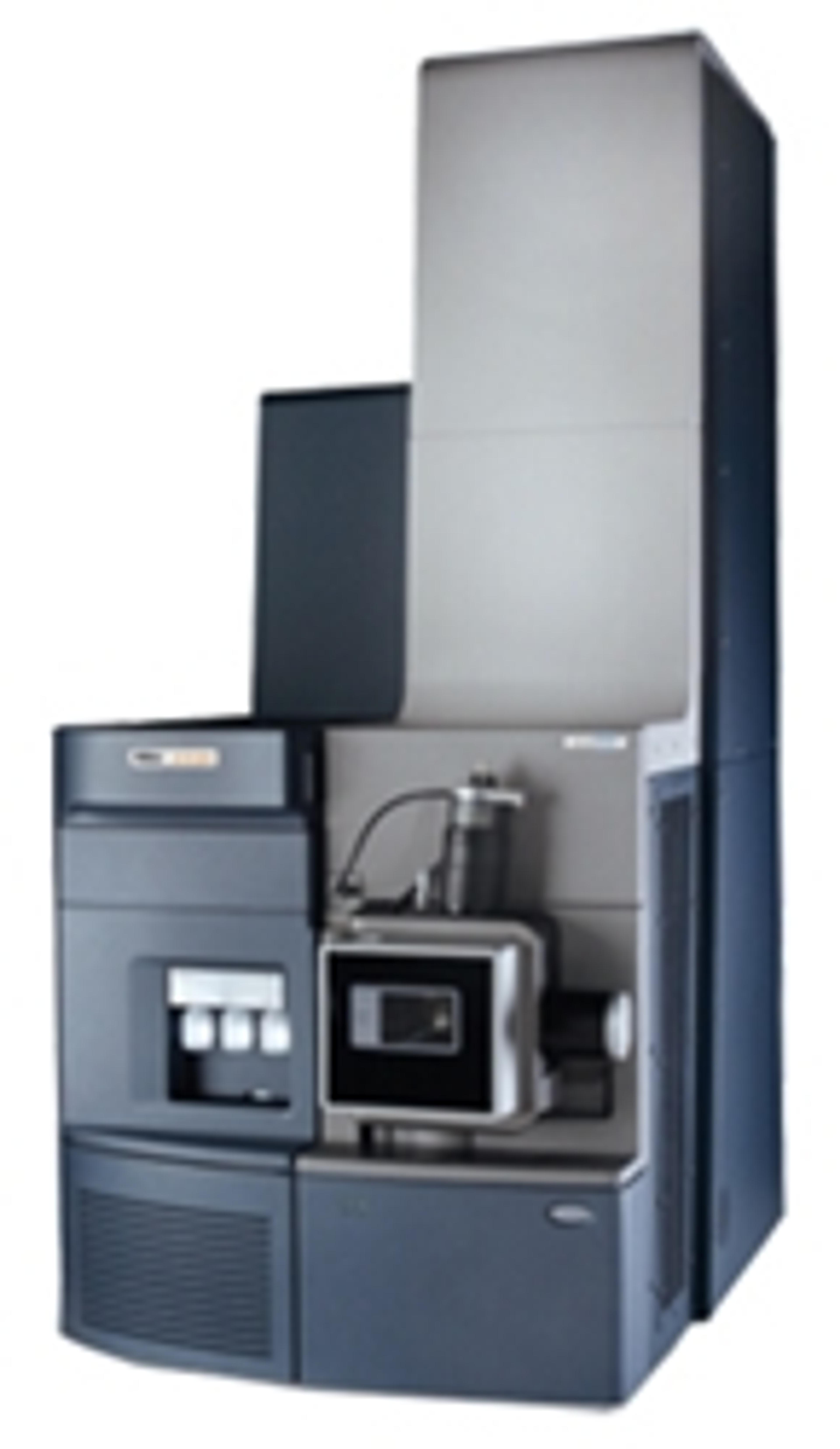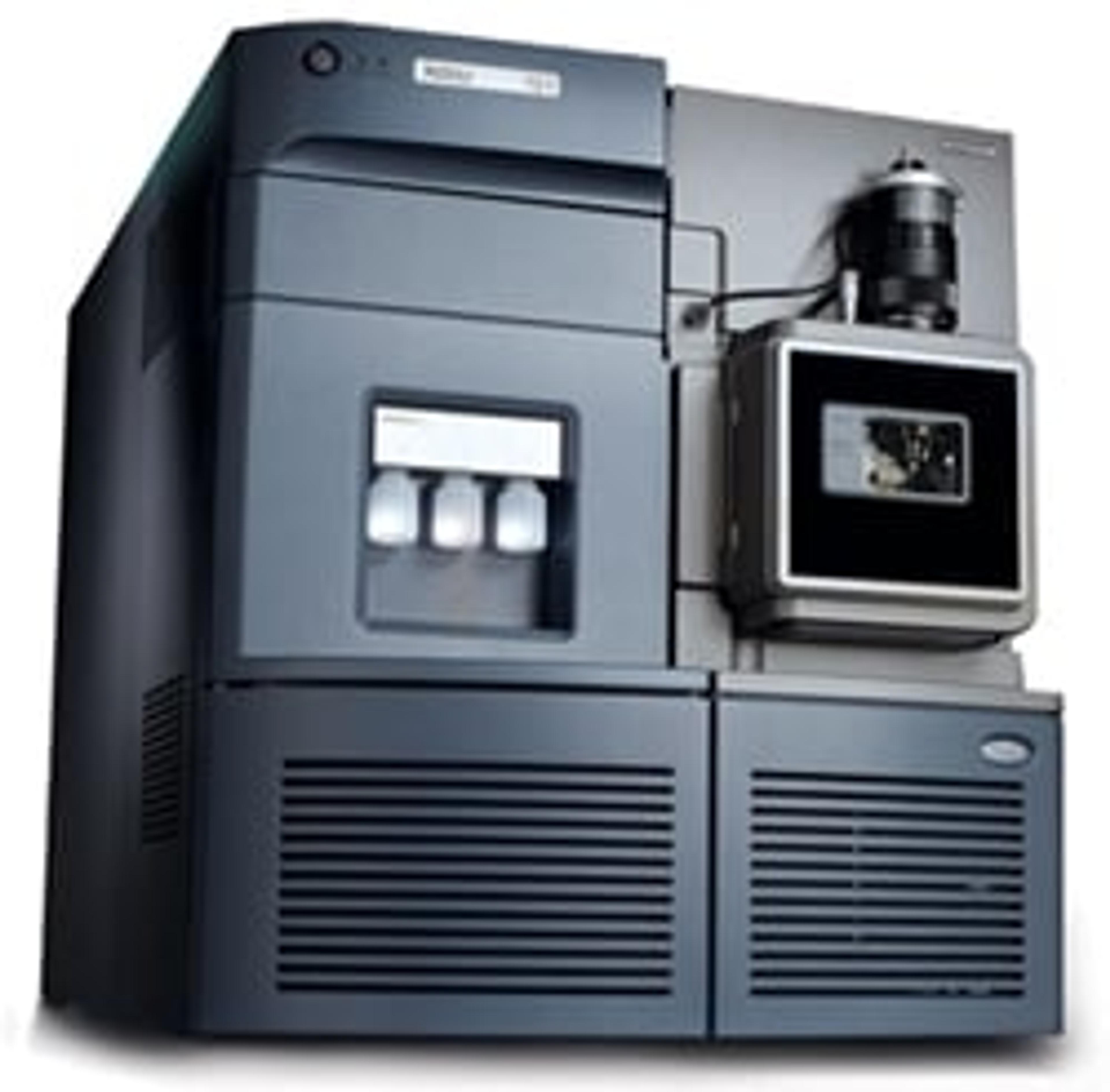Detecting Harmful Dioxins in Food and the Environment
31 Mar 2016
Dioxins are a group of persistent environmental pollutants (POPs) that comprise of chlorinated organic chemicals. These airborne particles and can deposit on plants or in water, and animals can accumulate these highly toxic molecules in their fat. Due to slow decomposition tendencies, the number of dioxins increases with each step along the food chain. It is important to understand and detect where dioxins are present, and abide by strict regulatory guidelines to reduce the formation of these particles by industries, and prevent further insertion into the food chain. Watch the video and download the application notes below to learn how to analyze dioxins in the environment.
• Meeting the European Commission Performance Criteria for the Use of Triple Quadrupole GC-MS/MS as a Confirmatory Method for PCDD/Fs in Food and Feed Samples - Thermo Fisher Scientific
• Minimizing Carryover During Dioxin Analysis Using the Xevo TQ-S with APGC - Waters
• High Performance Mass Spectrometry of Persistent Organic Pollutants: What Else Is In My Dioxin Sample? - LECO Corp
• Queen's University Belfast: Professor Christopher Elliott on Rapid Dioxin Detection
• A Method for the Determination of Dioxins in Foodstuffs and Animal Feed - Agilent Technologies


